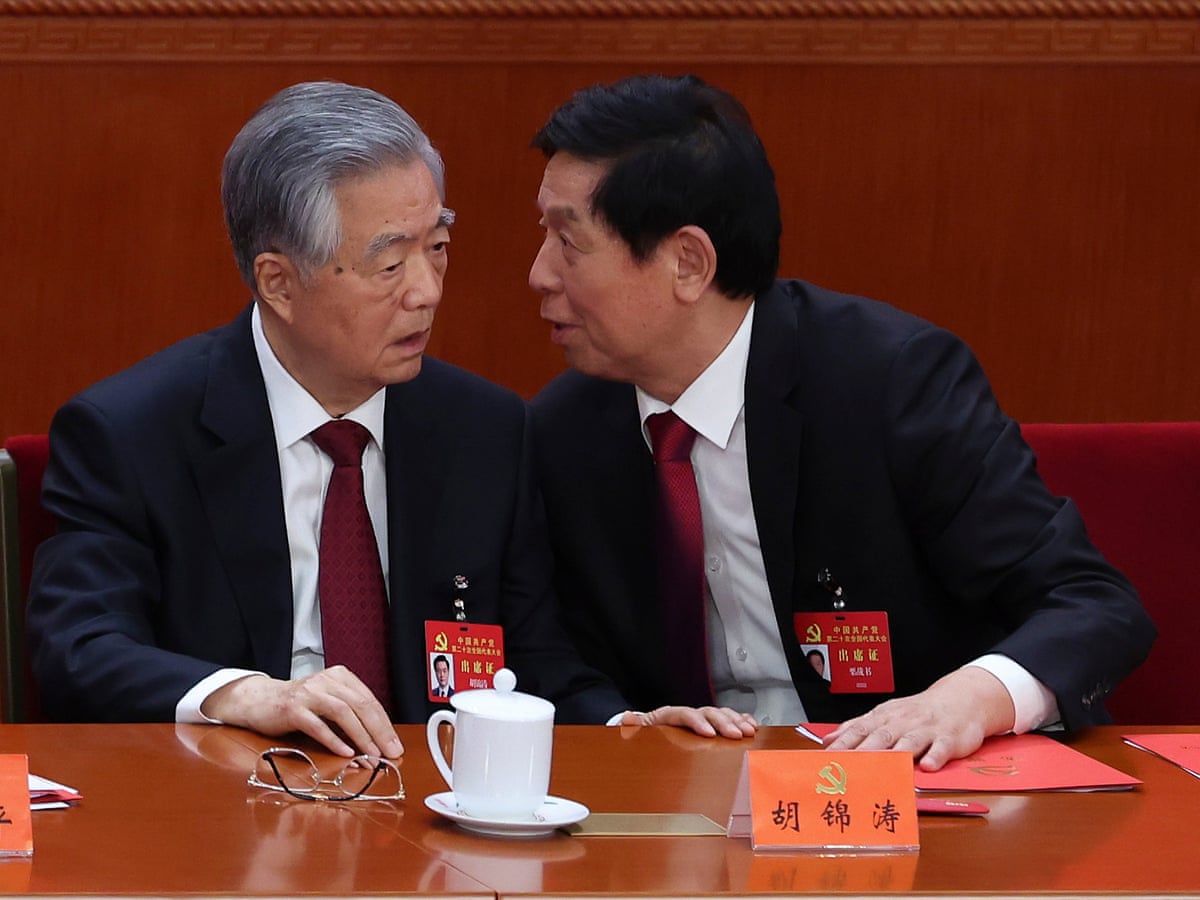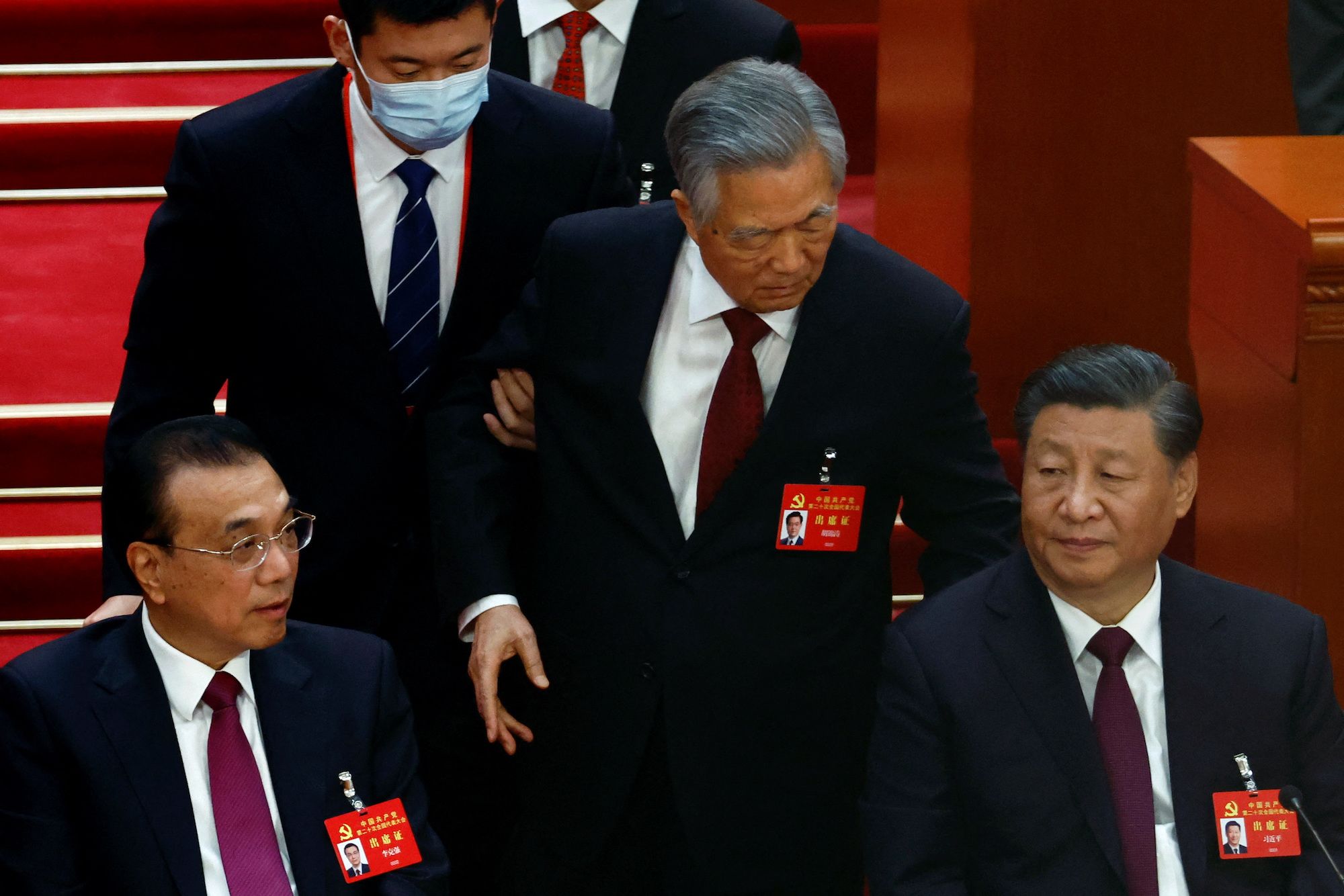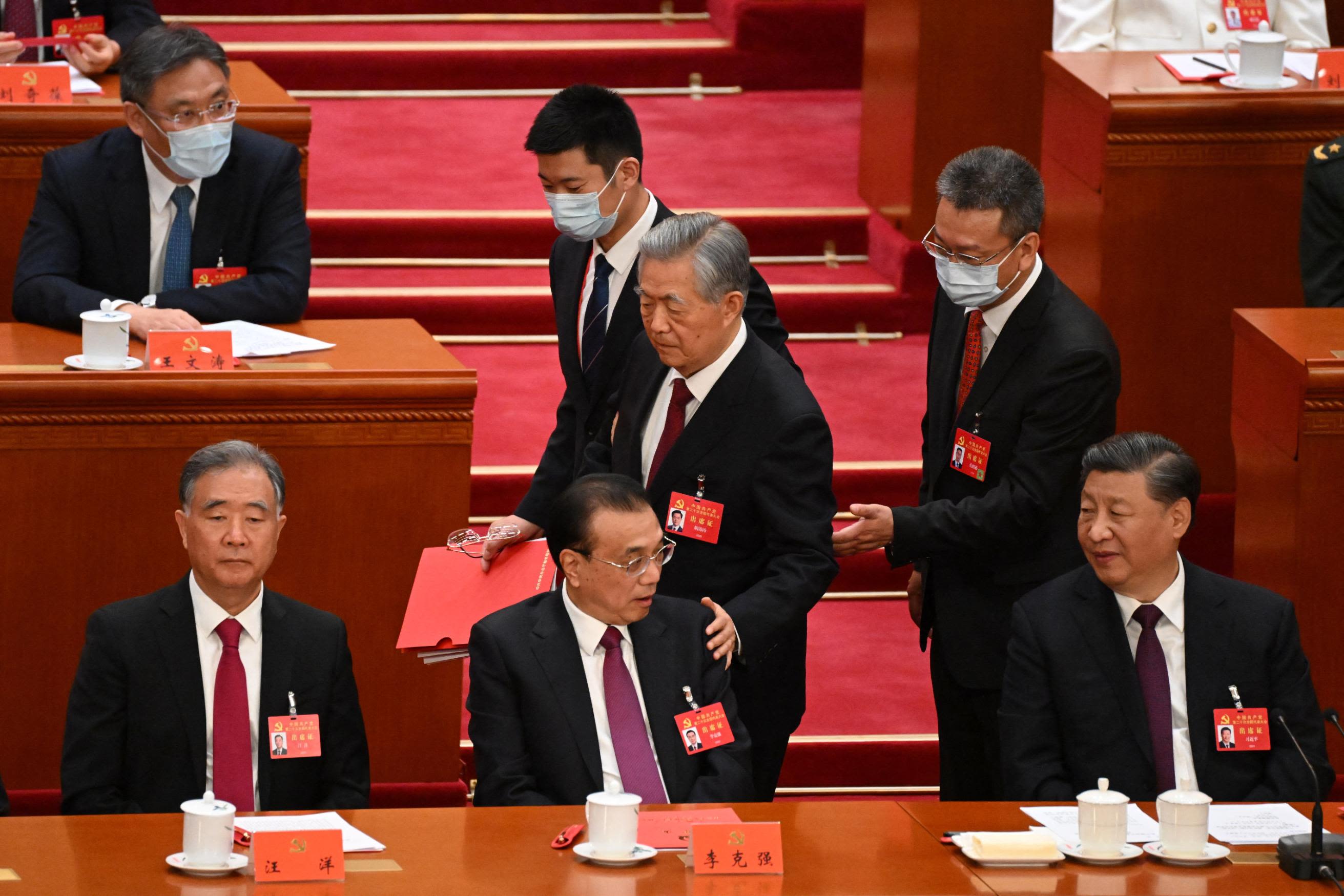He is only off by 17,000,000. https://t.co/aAjr6jjbNl
— Congressman Brendan Boyle (@RepBrendanBoyle) July 6, 2025
Grounded Greatness: The Case For Smart Surface Transit In Future Cities
The Garden Of Last Debates (novel)
Deported (novel)
Empty Country (novel)
Trump’s Default: The Mist Of Empire (novel)
The 20% Growth Revolution: Nepal’s Path to Prosperity Through Kalkiism
Rethinking Trade: A Blueprint for a Just and Thriving Global Economy
The $500 Billion Pivot: How the India-US Alliance Can Reshape Global Trade
Trump’s Trade War
Peace For Taiwan Is Possible
Formula For Peace In Ukraine
A 2T Cut
Are We Frozen in Time?: Tech Progress, Social Stagnation
The Last Age of War, The First Age of Peace: Lord Kalki, Prophecies, and the Path to Global Redemption
AOC 2028: : The Future of American Progressivism
The world is dangerously close to a new crisis
MAGA Congressional Candidate Calls Texas Floods ‘Fake’: It’s ‘Murder’
Ukraine to receive hundreds of thousands of drones in US deal – Zelenskyy Quote from Zelenskyy: "It will provide Ukraine with hundreds of thousands of drones as early as this year, on special terms, and even significantly more drones the following year. This includes interceptor drones, which are clearly our priority." ......... Details: He emphasised that the task for the state, the defence forces of Ukraine and all businesses working in this area is to increase weekly results in the production and use of interceptor drones........ Background: In an evening address on 5 July, Zelenskyy said that his conversation with US President Donald Trump, which took place the day before, was the best and most productive in the history of communication between the leaders.
Trump team moves goalposts on tariffs again Bessent told CNN's "State of the Union" that the Trump administration would be sending out letters to 100 smaller countries “saying that if you don't move things along, then on August 1st, you will boomerang back to your April 2nd tariff level.” ........ the return of tariffs of between 10 and 50 percent on dozens of countries. It comes as Trump administration officials increasingly hint at difficulties in nailing down deals. ......... Since announcing sweeping so-called reciprocal tariffs, the Trump administration has only signed agreements with the United Kingdom and Vietnam, as well as a limited deal with China that saw both countries walk back sky-high tit-for-tat tariff rates temporarily. The U.S. is also reportedly close to reaching a deal with India, and the European Union, which Trump once accused of slow-walking negotiations, appears willing to make significant concessions for a deal. ........ what's great about having President Trump on our side is he's created maximum leverage," Bessent said. ........... Trump told reporters Friday that letters could be sent to a dozen countries as soon as Monday, with tariff rates ranging from ”'60 or 70 percent to 10 or 20 percent.” He said the fees would take effect Aug. 1, while again falsely claiming that foreign countries pay the tariffs — which are actually paid by U.S. importers.
Donald Trump signs disaster declaration for deadly Texas floods
Russian weapons base explodes as Ukraine pummels Putin's prized assets in devastating blow
How Healthcare Cuts in the ‘Big, Beautiful Bill’ Will Affect Americans
Elon Musk's new party: who has declared interest? Mark Cuban and Anthony Scaramucci. ....... Posting on X, Marc Cuban, a billionaire businessman and TV personality suggested he was interested in the party, sharing fireworks emojis then writing: "I work with [Center for Competitive Democracy]. They will help you get on ballots. That is their mission." ...... Anthony Scaramucci, who was fired by Donald Trump just 10 days into the job as White House communications director in 2017, wrote: "I would like to meet to discuss." ....... Social media personality Brian Krassenstein, who has over 900,000 followers, wrote: "Awesome! Where can we see more information?" ........ Roger Stone, a longtime Republican strategist and Trump loyalist, said: "I have huge respect for @elonmusk and everything he has done for free speech and to ferret out waste fraud and corruption in federal spending, but I would rather see him pursue his efforts at electoral reform within the Republican Party primaries rather than having a new party splitting the vote of sane people and letting the Marxist Democrats gain control again."
Is this the America Party platform?
— Tyler Palmer (@tyler__palmer) July 5, 2025
-reduce debt, responsible spending only
-modernize military with ai/robotics
-pro tech, accelerate to win in ai
-less regulation across board but especially in energy
-free speech
-pro natalist
-centrist policies everywhere else
If so…
The Tesla Of Political Parties https://t.co/NpochJhLyk
— Paramendra Kumar Bhagat (@paramendra) July 6, 2025
Grounded Greatness: The Case For Smart Surface Transit In Future Cities
The Garden Of Last Debates (novel)
Deported (novel)
Empty Country (novel)
Trump’s Default: The Mist Of Empire (novel)
The 20% Growth Revolution: Nepal’s Path to Prosperity Through Kalkiism
Rethinking Trade: A Blueprint for a Just and Thriving Global Economy
The $500 Billion Pivot: How the India-US Alliance Can Reshape Global Trade
Trump’s Trade War
Peace For Taiwan Is Possible
Formula For Peace In Ukraine
A 2T Cut
Are We Frozen in Time?: Tech Progress, Social Stagnation
The Last Age of War, The First Age of Peace: Lord Kalki, Prophecies, and the Path to Global Redemption
AOC 2028: : The Future of American Progressivism
Grounded Greatness: The Case For Smart Surface Transit In Future Cities
The Garden Of Last Debates (novel)
Deported (novel)
Empty Country (novel)
Trump’s Default: The Mist Of Empire (novel)
The 20% Growth Revolution: Nepal’s Path to Prosperity Through Kalkiism
Rethinking Trade: A Blueprint for a Just and Thriving Global Economy
The $500 Billion Pivot: How the India-US Alliance Can Reshape Global Trade
Trump’s Trade War
Peace For Taiwan Is Possible
Formula For Peace In Ukraine
A 2T Cut
Are We Frozen in Time?: Tech Progress, Social Stagnation
The Last Age of War, The First Age of Peace: Lord Kalki, Prophecies, and the Path to Global Redemption
AOC 2028: : The Future of American Progressivism
Grounded Greatness: The Case For Smart Surface Transit In Future Cities
The Garden Of Last Debates (novel)
Deported (novel)
Empty Country (novel)
Trump’s Default: The Mist Of Empire (novel)
The 20% Growth Revolution: Nepal’s Path to Prosperity Through Kalkiism
Rethinking Trade: A Blueprint for a Just and Thriving Global Economy
The $500 Billion Pivot: How the India-US Alliance Can Reshape Global Trade
Trump’s Trade War
Peace For Taiwan Is Possible
Formula For Peace In Ukraine
A 2T Cut
Are We Frozen in Time?: Tech Progress, Social Stagnation
The Last Age of War, The First Age of Peace: Lord Kalki, Prophecies, and the Path to Global Redemption
AOC 2028: : The Future of American Progressivism
Grounded Greatness: The Case For Smart Surface Transit In Future Cities
The Garden Of Last Debates (novel)
Deported (novel)
Empty Country (novel)
Trump’s Default: The Mist Of Empire (novel)
The 20% Growth Revolution: Nepal’s Path to Prosperity Through Kalkiism
Rethinking Trade: A Blueprint for a Just and Thriving Global Economy
The $500 Billion Pivot: How the India-US Alliance Can Reshape Global Trade
Trump’s Trade War
Peace For Taiwan Is Possible
Formula For Peace In Ukraine
A 2T Cut
Are We Frozen in Time?: Tech Progress, Social Stagnation
The Last Age of War, The First Age of Peace: Lord Kalki, Prophecies, and the Path to Global Redemption
AOC 2028: : The Future of American Progressivism
Opinion: Trump’s trade brinkmanship imperils market stability As the United States and China inch toward formalizing the outcomes of their recent economic talks in London, markets are sending a clear signal: they want stability, not another season of tariff theatrics. Yet the Trump administration’s renewed protectionist tilt, including the looming July 9 deadline for punitive tariffs, risks derailing a fragile recovery and undermining American economic resilience. ........ Economic coercion has failed to deliver strategic outcomes. Markets, manufacturers and consumers are all still paying the price of the last trade war. ......... Rare earths remain a critical node in this standoff. China refines nearly 80 percent of the global supply — inputs essential to American electric vehicles, semiconductors and defense technologies. When Beijing halted export approvals earlier this year, U.S. manufacturers faced mounting delays and soaring input costs. ........ The reversal eases a significant bottleneck and offers inflation relief. In exchange, China will regain access to U.S. manufacturing inputs and regulatory clarity — a win for both sides, but especially for U.S. firms squeezed by global supply chain frictions. ........ export volumes from China had fallen nearly 50 percent year-over-year in May, citing tightened controls......... markets reward policy clarity, even in geopolitically charged commodity markets. ......... Yet the calm is temporary. Trump’s “Liberation Day” tariff framework proposes up to 50 percent duties on countries that fail to sign new bilateral deals by July 9. A 90-day grace period has been offered, but this is brinkmanship disguised as strategy. And if the deadline passes without a broader deal, the tariffs snap back — with potentially damaging ripple effects. .......... The last trade escalation offers a cautionary tale. Tariffs on Chinese goods hit 145 percent; Beijing responded with levies up to 125 percent. American manufacturers endured record costs, while exporters in both countries lost access to reliable markets. The U.S. goods trade deficit with China didn’t shrink — it widened to $396 billion in 2024. Meanwhile, American farmers faced oversupply, and consumers bore the burden through higher prices. ........... Markets are signaling that certainty matters — not tariff theatrics. The contrast is clear: a modest trade framework sparks calm; tariff threats inject volatility. That is the heartbeat investors care about. ........... Only now, as trade talks signal détente, has the S&P 500 rallied and oil futures stabilized. Markets know the difference between real strategy and performative populism. So do the businesses that depend on open trade. ......... Trump’s tariffs didn’t reshore factories or rebalance the trade deficit. What they did do was erode U.S. credibility with allies, invite World Trade Organization scrutiny and distort global supply chains. If the objective was to discipline China’s behavior, the evidence shows failure. What has worked — albeit modestly — is targeted cooperation, regulatory certainty and consistent enforcement of existing rules.
.......... Legal uncertainty still clouds the picture. A recent federal court ruling in V.O.S. Selections v. United States raises questions about whether the White House even has the authority to implement broad-based tariffs under the International Emergency Economic Powers Act. If the decision is upheld, it will undercut the legal rationale for Trump’s tariff agenda — and perhaps prompt overdue congressional clarity on trade powers. ......... The broader lesson is clear: economic interdependence isn’t weakness — it’s leverage. The U.S. and China will remain strategic competitors, but durable competition requires rules, not impulsive penalty regimes that backfire on domestic producers. .......... protectionism is not a patriotic virtue but an economic deadweight.
...... For now, Washington would do well to recognize what the S&P already has: stability is strength. And the best way to keep markets calm is not through tariffs — but through smart, disciplined diplomacy.
MAGA Melts Down as Musk Files Paperwork for ‘America Party’
Grounded Greatness: The Case For Smart Surface Transit In Future Cities
The Garden Of Last Debates (novel)
Deported (novel)
Empty Country (novel)
Trump’s Default: The Mist Of Empire (novel)
The 20% Growth Revolution: Nepal’s Path to Prosperity Through Kalkiism
Rethinking Trade: A Blueprint for a Just and Thriving Global Economy
The $500 Billion Pivot: How the India-US Alliance Can Reshape Global Trade
Trump’s Trade War
Peace For Taiwan Is Possible
Formula For Peace In Ukraine
A 2T Cut
Are We Frozen in Time?: Tech Progress, Social Stagnation
The Last Age of War, The First Age of Peace: Lord Kalki, Prophecies, and the Path to Global Redemption
AOC 2028: : The Future of American Progressivism





